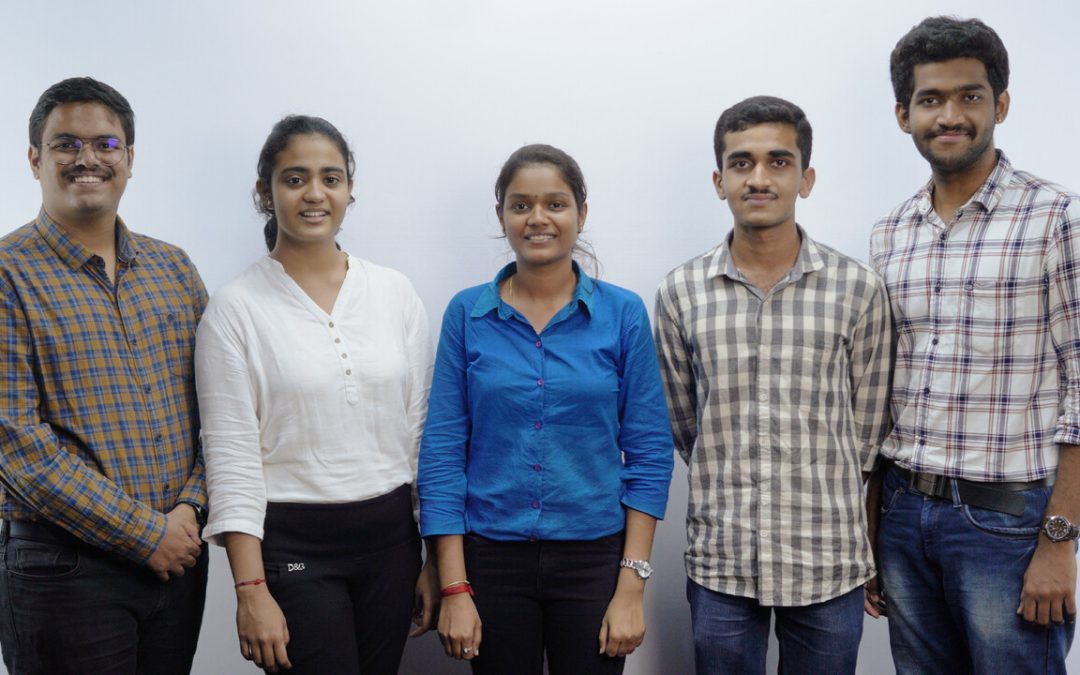
Inunity is a bi-annual event that strives to build innovations by catalyzing ideas with business potential. By educating and facilitating interactions between different stakeholders and students, Inunity creates an environment that allows students to experiment with their entrepreneurial inclination by proposing novel solutions to minor challenges that make a big difference. By this, they gain an early experience of prototyping and ideating community-based solutions, which allows both them and the community to grow. For the batch of 2022, they were given an array of problem domains from which the students had to choose from, ranging from agriculture, medicine, education and finance. One problem that was emphasised was a medical emergency called hypothermia, which, as per data, was one of the biggest reasons for increasing death rates of infants in low and middle-income countries (LMICs).
Understanding the Problem Statement
Caused by prolonged exposure to cold conditions, hypothermia affects our body temperature, making it drop below 35˚C (95˚F), which can be fatal. One of the prime reasons for deaths in infants each year is because of prematurity, and among this, hypothermia is one of the leading causes. According to a survey conducted in 2018, approximately 1 million infants die each year because of hypothermia in LMICs. Most of these deaths happen due to the lack of education and technology in the rural areas, where many parents fail to spot early symptoms of this deadly disease. It is a life-threatening medical emergency with many cases arising in Suburban Africa and South Asia. And while there are many ways to prevent infant mortality, the remedies are expensive and very few rural Indians can afford them.
When someone is aware their child is showing symptoms of hypothermia, they would take their child to the hospital for medical supervision. The NICUs have great technology with sleep sensors, pulse oximeters and thorough temperature checks but are very expensive and cannot be economically effective. Most rural parents who work in the fields are not necessarily near their children at all times and might fail to notice this massive drop in temperature.
The Loopholes in Existing Solutions
Experts have identified hypothermia as a pressing issue and have tried to find better alternatives. Unfortunately, they aren’t cost-effective or reliable. The temperature of the baby will vary across the body, so the best place to check for body temperature is the chest or the rectum. Most hypothermia detection devices in the market usually take the temperature from the wrist or forehead, and although this seems like the most practical option, deaths of neonates continue to rise as the readings may not be as accurate. Infants who are premature or have low weight struggle to regulate their body temperature.
So, Raksha, Arjun R Bhandari, Varun Raj, Akshitha Mendon and Sreejesh J Ballal teamed up to take on this challenge to find a solution that prevents newborn deaths caused by hypothermia.
“I took this problem statement because I felt like neonatal healthcare was a rising issue as it was an unexplored sector. I could empathise with this challenge as working on this would ultimately save a baby’s life,”
They knew trying to find the answer wasn’t easy, but they still gave it their all and made use of all the resources available to them. Hence began their quest to find a viable solution to be implemented across the state.
Conducting Primary Research and Reiterating on the Solution
First, they needed to know how doctors usually treat hypothermia. This led them to Father Mullers and KS Hegde Hospital in Mangalore, where they spoke to a couple of doctors about how they go about treating it. They saw the process of how NICUs work, and the technology they used. Secondary research comprised of reading previous case studies and papers of other researchers.
The first solution they came up with was to have a temperature sensing patch on the baby’s skin, but after speaking to a couple of dermatologists, they were strictly advised to not put patches on babies because it would cause rashes and infection which would inadvertently lead to more issues.
Based on the inputs from their stakeholders, they started working on their prototype with the information they had gained in the past couple weeks of investigation. When they put it to test, they realised the sensors were not very accurate and sometimes gave incorrect readings. In this stage, they tested a lot of third party temperature sensors and experimented with changing a couple of things to give meticulous results.
Through trial and error and by changing a few details, they were finally getting valid temperature sensor readings that could be used on infants. After this, they started building a design for their prototype that could be used practically and easily.
There was a genuine need for this device in low resource settings, as only using a few symptoms as a precautionary measure, like blue feet or intense shivering, was an undependable approximation to have. They interviewed more staff members at NICUs asking them more questions on hypothermia. They also realised that the device they were trying to create already existed in hospitals, as they had great technology but weren’t economical, were also very bulky and difficult to operate. Giving parents warmers would be a bad idea as that would require additional training and they would not know how to use it, which could be potentially fatal.
As they continued investigating, they found a device that was very expensive as it was non rechargeable, forcing parents to buy a new one every 20 days. So now, they also had to make sure their sensors were rechargeable and affordable so that after they got accurate temperature readings, they could take immediate measures.
The Conclusion
Team NeoTechnica is currently in their final stage of building this prototype and after interacting with them, I can see how passionate and empathetic they are towards this problem statement. They also said that if this idea came to fruition, and if an MVP was built around it, they would also venture into sensor improvements and the addition of automatic warmers that would warm the intestines of the baby when a temperature drop is detected. This was truly a marvelous solution and I can see how hard they worked on this. I hope to see low resource settings benefit from this innovation!
